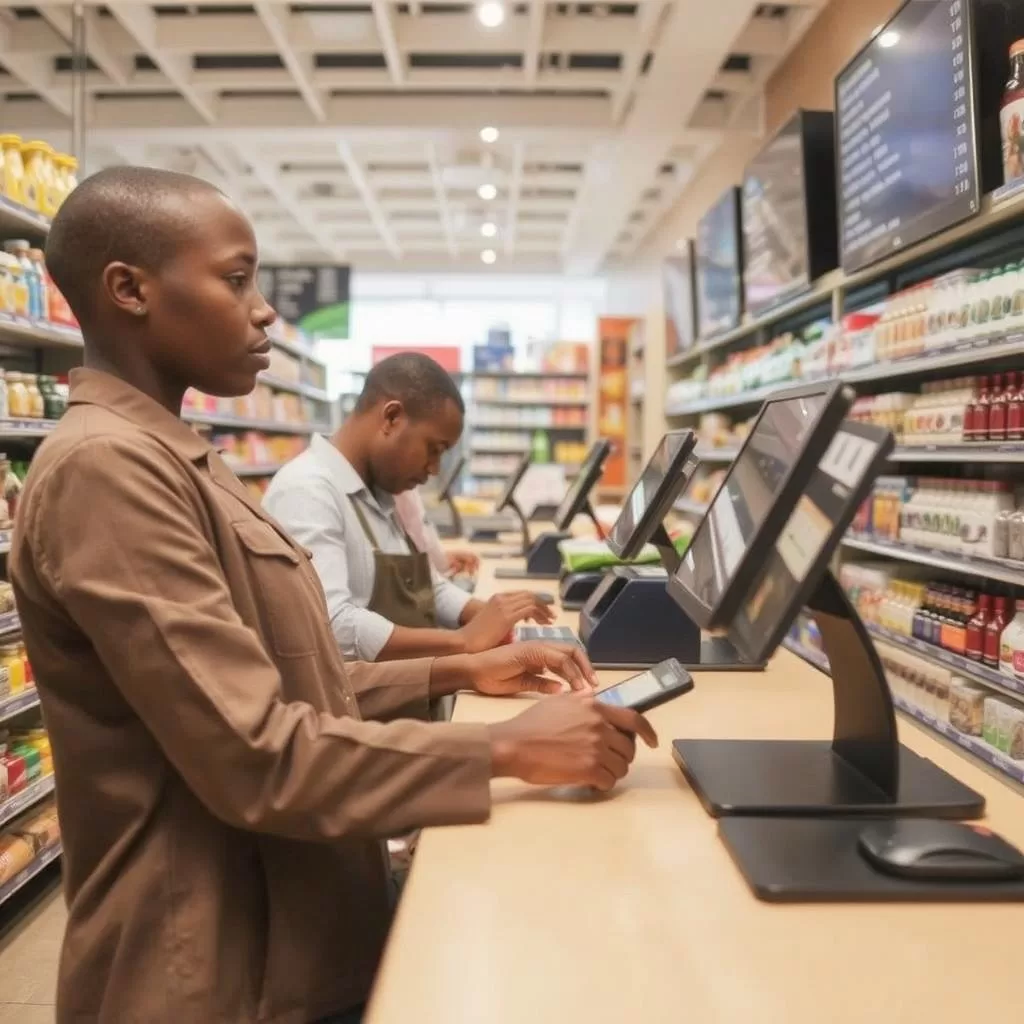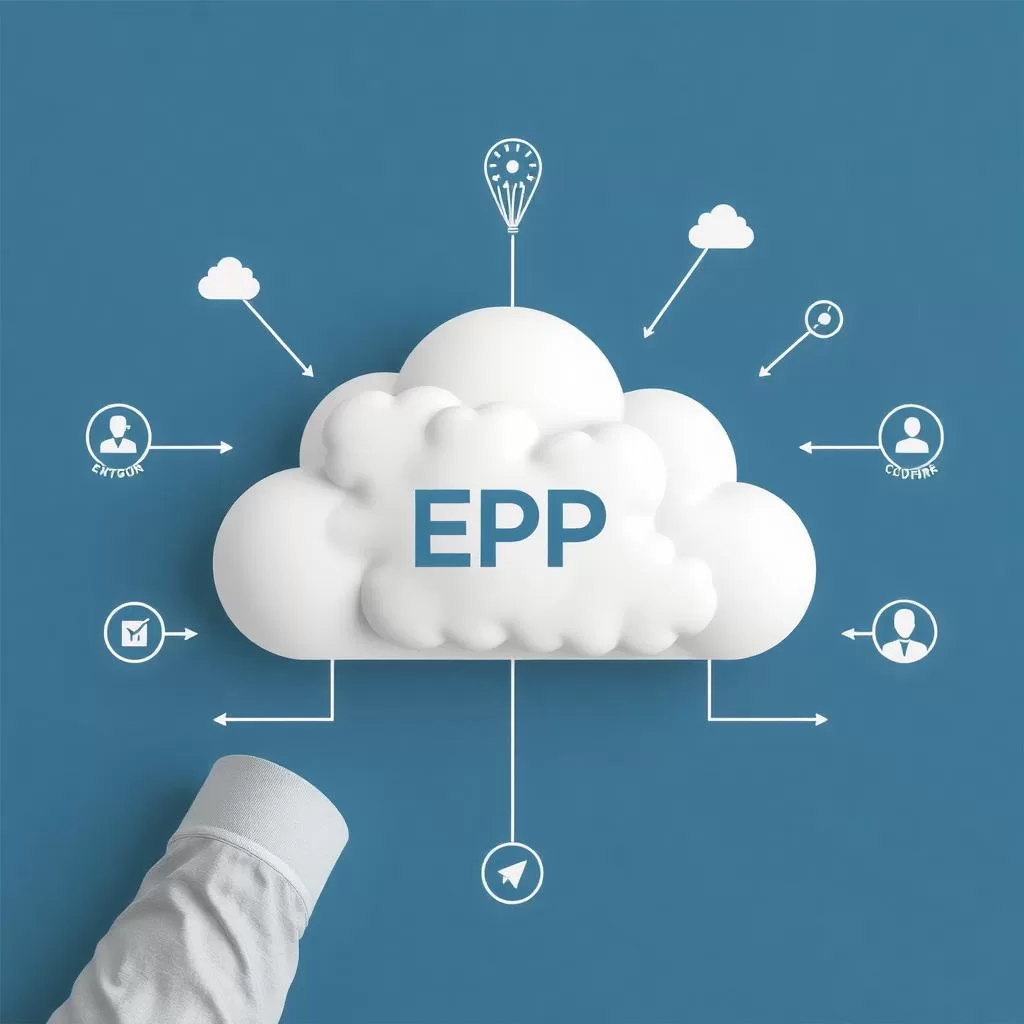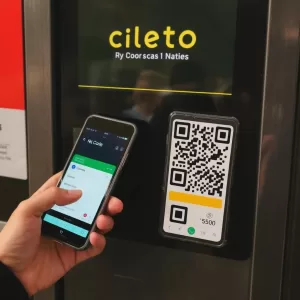Secure Your Online Payments: 10 Essential Tips
As online transactions continue to grow, so do cyber threats. From credit card fraud to QR code scams, hackers are finding new ways to steal sensitive financial data. Securing your online payments is more important than ever. Whether you’re using Stripe, PayPal, Google Pay, Apple Pay, or any fintech platform, following the right security measures can prevent fraud and keep your money safe. We will therefore provide essential tips on how to secure your online payments.
In this guide, you’ll learn:
- How hackers steal payment data
- 10 proven ways to protect yourself from fraud
- The future of secure digital transactions
Always Use Two-Factor Authentication (2FA)
Two-factor authentication (2FA) adds an extra layer of security to your online accounts by requiring two forms of identification before granting access.
First, it asks for something you know—such as a password or PIN. Then, it requires something you have—like a one-time password (OTP) sent via SMS, email, or generated by an authentication app like Google Authenticator or Authy.
This added step makes it much harder for hackers to access your account, even if they’ve stolen your password. It’s a simple but powerful way to protect your sensitive information and online transactions.
How to Enable 2FA on Popular Platforms:
✔ Google Pay & PayPal: Go to Settings and enable 2FA using SMS or an authenticator app like Google Authenticator. This helps secure your transactions and account access.
✔ Stripe & Banking Apps: Activate one-time password (OTP) authentication for every login. This ensures only you can access your account, even if your password is compromised.
💡 Best Security Tip: Avoid SMS-based 2FA—use Google Authenticator or Microsoft Authenticator for stronger security.
Avoid Making Payments Over Public Wi-Fi
Public Wi-Fi is a hacker’s playground. It exposes you to serious risks like:
❌ Man-in-the-Middle (MITM) attacks: Hackers intercept data between you and the website you’re using, stealing sensitive information.
❌ Fake Wi-Fi networks: Cybercriminals set up fake hotspots that look legitimate to trick users into connecting, then steal passwords and personal data.
Secure Your Online Payments by Safe Payment Practices:
Use Mobile Data or a VPN:
When paying online, switch to mobile data or use a trusted VPN like ExpressVPN or NordVPN. This ensures your connection is encrypted, keeping your payment information safe from hackers.
Avoid Public Networks for Payment:
Never enter credit card details while connected to public Wi-Fi. Public networks are more vulnerable to attacks, and your sensitive information could be intercepted.
Use Virtual Credit Cards for Online Transactions
Virtual credit cards are temporary card numbers that protect your real card details.
Why Use Virtual Cards to secure your online payments?
✔ Single-use expiration: Virtual cards are designed to expire after one use, significantly reducing the risk of fraud. This ensures that even if the card details are compromised, they cannot be reused.
✔ Spending limits: You can set spending limits on virtual cards for subscriptions or one-time payments, giving you more control over your expenses and preventing unauthorized charges.
Best Virtual Card Providers (2025):
- Revolut (available in Europe & U.S.): Offers virtual cards with enhanced security features for online payments.
- Privacy.com (for U.S. transactions): Provides disposable virtual cards for safer online purchases and subscriptions.
- Payoneer & Wise (for international payments): Ideal for cross-border transactions, these services offer virtual cards with competitive exchange rates and low fees.
Verify Website Security Before Entering Payment Details
Fraudulent websites often trick users into entering credit card details.
How to Check if a Website is Safe:
✅ URL starts with “https://”: Ensure the website URL begins with “https://” (not “http://”), indicating it’s encrypted for secure communication.
✅ Padlock Icon: Look for a padlock icon in the browser’s address bar. This shows the website uses a secure connection.
✅ Website Quality: Avoid websites with poor design or grammar errors, as these may signal they’re untrustworthy or potentially malicious.
💡 Pro Tip: Use browser extensions like HTTPS Everywhere to force secure connections.
Enable Real-Time Payment Alerts to secure your online payments
Instant payment notifications help you detect unauthorized transactions before it’s too late.
How to Activate Payment Alerts:
✔ Google Pay & Apple Pay: Enable push notifications for every transaction to instantly track your purchases and detect any unauthorized activity.
✔ Banking apps & PayPal: Activate SMS and email alerts to receive notifications about account activity, ensuring you’re informed of any changes or suspicious transactions.
Watch Out for Fake QR Codes
QR code fraud is on the rise—scammers replace legitimate codes with their own, leading users to fake payment pages.
✅ Safe QR Payment Practices:
- Verify the Source: Always check the source before scanning a QR code to ensure it’s legitimate and not a phishing attempt.
- Use Official Apps: Scan and confirm payments only through official apps like Google Pay or Apple Pay to avoid potential scams.
- Avoid Random QR Codes: Never scan QR codes from posters, emails, or unsolicited sources, as they may lead to malicious sites or theft of your personal information.
Keep Your Payment Apps & Software Updated
Outdated Software is a Goldmine for Hackers:
Hackers exploit known vulnerabilities in outdated software, making it crucial to keep your apps and devices up to date.
- Best Practices:
- Update Banking Apps & Fintech Wallets: Regularly update your banking apps, PayPal, and other fintech wallets to patch any security flaws.
- Enable Automatic Updates: Turn on automatic updates for your phone, browser, and security apps to stay protected from the latest threats.
- Use Security-Focused Browsers: For transactions, use browsers like Brave, Firefox, or Edge, which offer enhanced privacy and security features.
Beware of Phishing Emails & Payment Scams to secure your online payments
Hackers often send fake emails pretending to be from banks or payment services to steal your information.
- Common Signs of a Phishing Email:
- Poor Grammar and Typos: Legitimate emails from banks or payment services are well-written, so errors are a red flag.
- Urgent “Account Suspension” Warnings: Phishing emails create a sense of urgency to trick you into acting quickly.
- Fake Links: Always hover over links before clicking to check if they lead to a legitimate website.
💡 Security Tip: Never click on links in payment emails—go directly to the official website.
Use Biometric Authentication for Payments
Biometric Authentication:
Face ID and fingerprint authentication offer greater security than traditional passwords, making it harder for unauthorized users to access your accounts.
As the digital payment landscape evolves, biometric authentication has become a game-changer, offering enhanced security and convenience. With biometric methods like Face ID, fingerprint scanning, and iris recognition, users can now complete transactions seamlessly while keeping their personal and financial data safe. Here are some of the best platforms that support biometric payments:
✔ Apple Pay: Face ID and Touch ID for Secure, Seamless Transactions
Apple Pay takes advantage of Face ID and Touch ID for secure payments, ensuring that only the authorized user can complete a transaction. These biometric methods not only streamline the payment process but also provide a higher level of protection against fraud. By simply using your face or fingerprint, you can authenticate your purchases quickly and securely, without the need to manually enter passwords or PIN codes.
✔ Google Pay: Fingerprint Authentication for Added Protection
Google Pay offers fingerprint authentication, which adds an extra layer of security to your transactions. By using your fingerprint to confirm payments, Google Pay ensures that only you can approve financial transactions. This biometric option makes it easier and safer to shop online or pay for services, providing peace of mind that your sensitive payment information is protected from unauthorized access.
✔ Samsung Pay: Iris Scanning to Secure Payments and Ensure Privacy
Samsung Pay takes biometric security a step further by integrating iris scanning into its payment system. This cutting-edge technology offers highly secure access, as the iris is unique to each individual, making it extremely difficult for fraudsters to replicate. With iris scanning, Samsung Pay provides users with a secure and efficient way to authorize payments, ensuring privacy and minimizing the risks of unauthorized use.
These platforms not only provide convenience but also offer robust protection against fraud, making biometric authentication a must-have feature for modern digital payments. By using your unique biological features, such as your face, fingerprint, or iris, these platforms help ensure that your online transactions are both easy and secure.
Review Your Bank Statements Regularly
Spotting Fraud Fast:
Even with strong security, fraudulent transactions can still happen. Here’s how to detect them quickly.
- How to Spot Fraud Fast:
- Check Bank Statements Weekly: Regularly review your bank statements for any unauthorized transactions.
- Set Up Fraud Alerts: Enable automatic fraud detection alerts with your bank to be notified of suspicious activity.
- Report Suspicious Payments Immediately: If you notice any suspicious transactions, report them to your bank or payment service right away.
Conclusion: Secure your Online Payments in the Digital Payment Era
Online transactions have revolutionized the way we shop, bank, and transfer money, offering unmatched convenience and accessibility. However, with these benefits come significant risks, and ensuring the safety of your personal and financial information is crucial.
✅ Prioritize Security: Always implement multi-layered security measures, such as two-factor authentication (2FA), biometric authentication, and virtual credit cards to minimize the chances of fraud. These tools act as additional barriers between you and potential hackers.
✅ Stay Vigilant: Be aware of phishing scams, QR fraud, and the dangers of using public Wi-Fi for financial transactions. Cybercriminals are constantly evolving their tactics, so it’s essential to stay informed and proactive in protecting your online presence.
✅ Smart Payment Habits: Lastly, always check the legitimacy of websites, ensure your software is up to date, and use trusted platforms and payment methods. With these precautions in place, you can enjoy the benefits of digital payments while minimizing the risks.
By staying vigilant and adopting the right security practices, you can navigate the digital payment landscape with confidence, knowing your financial information is safe and secure.
🚀 Key Takeaways on how to secure your online payments:
Ensure Maximum Protection for Your Online Payments
In today’s digital world, securing your online transactions is more critical than ever. With the rise in cybercrime, it’s essential to take proactive steps to protect your financial information. Here are some key practices to follow:
✔ Use 2FA and Biometric Authentication for Extra Security:
One of the most effective ways to safeguard your online accounts is by enabling two-factor authentication (2FA) and biometric authentication (such as Face ID or fingerprint scanning). 2FA adds an additional layer of protection by requiring both your password and a second form of verification, such as a code sent to your phone or email. Similarly, biometric authentication ensures that only you can access your accounts, making it much harder for hackers to breach your security. These methods dramatically reduce the chances of unauthorized access, even if your password is compromised.
✔ Never Enter Payment Details Over Public Wi-Fi:
While it may be tempting to make payments or access sensitive information while using public Wi-Fi, this poses a significant security risk. Public networks are often unsecured, making them a prime target for hackers to intercept your data. Therefore, always avoid entering payment details or logging into sensitive accounts when connected to public Wi-Fi. Instead, use mobile data or a VPN (Virtual Private Network) for a more secure connection when making online transactions. A VPN encrypts your internet connection, providing an added layer of protection against potential cyber threats.
✔ Check Your Statements Regularly to Detect Fraud Early:
Even with strong security measures in place, fraud can still occur. Therefore, it’s crucial to check your bank statements and payment activity regularly. This helps you spot any unauthorized transactions as soon as they happen, allowing you to take action immediately. Many banks and financial institutions offer real-time alerts for unusual activity, which can be a valuable tool for staying on top of your finances. The earlier you catch fraudulent charges, the easier it is to mitigate the damage and secure your accounts.
By following these practices, you can significantly reduce the risks associated with online payments. Ultimately, taking a proactive approach to security ensures that your personal and financial data remains safe in an increasingly digital world.
Interesting article: Top 10 Emerging Technologies tht will shape the future
💬 Have you ever experienced online payment fraud? Share your tips in the comments!
Share this content:







1 comment